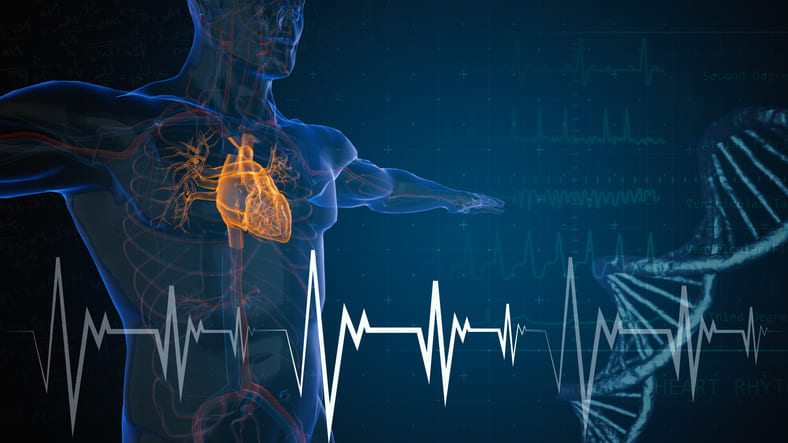Ischemic heart disease and congestive heart failure are major contributors to high morbidity and mortality. Approximately 1.5 million cases of myocardial infarction occur annually in the United States; the yearly incidence rate is approximately 600 cases per 100,000 people. Although significant progress to improve the survival rate has been made by medications and implantable medical devices, damaged cardiomyocytes are unable to be recovered by current treatment strategies. After almost two decades of research, stem cell therapy has become a very promising approach to generate new cardiomyocytes and enhance the function of the heart. Along with clinical trials with stem cells conducted in cardiac regeneration, concerns regarding safety and potential risks have emerged. One of the contentious issues is the electrical dysfunctions of cardiomyocytes and cardiac arrhythmia after stem cell therapy. In this review, we focus on the cell sources currently used for stem cell therapy and discuss related arrhythmogenic risk.© 2020 Wiley Periodicals, Inc.
Arrhythmogenic risks of stem cell replacement for CVD


